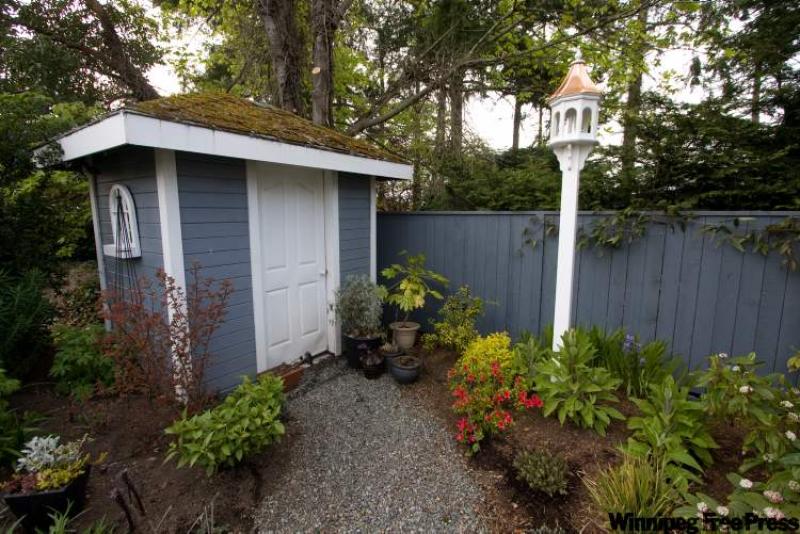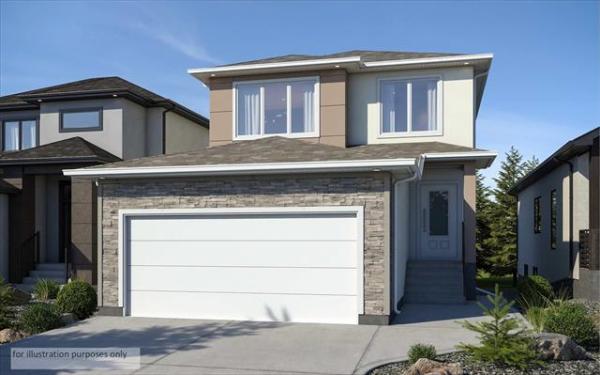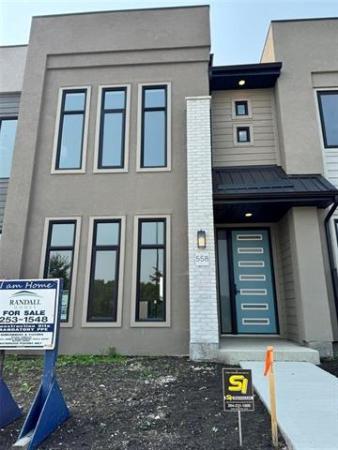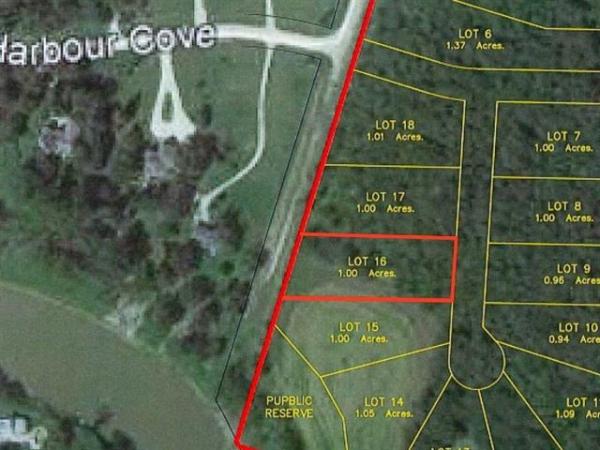IT'S the end of the season and you're putting away the garden furniture, umbrellas, mowers, tools and toys and suddenly the garage is full. You realize you need another place to store your stuff. You need a garden shed.
A shed can add practical outdoor storage space and increase the value of your property -- if it's built right. On the other hand, inadequate preparation and sloppy construction can make you wish you'd stuck to the garage.
Job 1 is to find out whether you need a building permit -- even small sheds may require a permit. At the same time when you are at city hall check on other details, like lot coverage requirements.
You may find you are not allowed to have another building on your property because too much of your lot is already covered. You also don't want to find out after the shed is in place that you're half a metre too close to the neighbour's fence.
And before drawing up plans for that deep roof overhang, be aware that there will probably be restrictions on overhang depth and how close that can be to the property line. Remember, it's not just the base of the shed that can't cross property lines. Property zoning may be a factor, as can utility lines and easements.
The size of your shed will depend on the amount of space available and your storage needs. When your contractor is drawing up the plans, you'll need to consider architectural style -- does it matter if the style of your house and the shed are compatible? What will the shed exterior be made from -- siding (horizontal or vertical), board and batten or cultured stone over sheathing? Will you need electricity? Will you need access to water? Remember to have your contractor work plumbing into the plan -- and of course those options will both need permits.
Will the shed have windows? Keep in mind how wide the door should be to allow easy access to bulky snowblowers, lawnmowers, large extension ladders and similar equipment.
When deciding on a roof style, remember snow load. While a gently angled, self-supporting, single-slope roof will allow rainwater to run off effectively, it might not work for heavy snowfalls -- especially since your shed isn't likely to be heated. Metal roofs tend to shed snow more easily than shingled roofs.
A very important consideration is the proximity of the shed to the house. Think about how often you'll need to access the shed and how heavy your tools are. When it comes time to return the tools to the shed and it's in the far corner of your large lot, you may regret building it there.
Locating a shed where it gets lots of sunlight and breezes can help discourage mould and rot. Don't locate a shed at the base of a hill where it will collect water run-off.
The shed foundation is the most important step. It keeps your shed stable and protects it and the contents from ground moisture. The type of foundation you build will depend on the size of your shed and your regional climate.
Many people will try and put a shed on concrete pavers, which is fine if the shed is small, and you make sure they are laid on a properly-prepared base.
One step up from that would be a poured slab -- also very important to make sure it's on a prepared base of gravel, and that it's thick enough and poured in the right weather conditions, and protected from the elements while it cures.
A concrete slab may be enough for small sheds -- but larger sheds may require a frost-proof foundation with footings. Your building department will advise you on this when you get your permit.
Which brings me back to step one: you need to check that out with your building department. It's your legal responsibility as the homeowner to do so -- not your contractor's. Even if your contractor tells you it's not necessary, make the call.
Catch Mike in his new series, Holmes Inspection, airing Thursdays at 8 p.m. ET/PT on HGTV. For more information, visit www.hgtv.ca. For more information on home renovations, visit makeitright.ca.
-- Postmedia News




